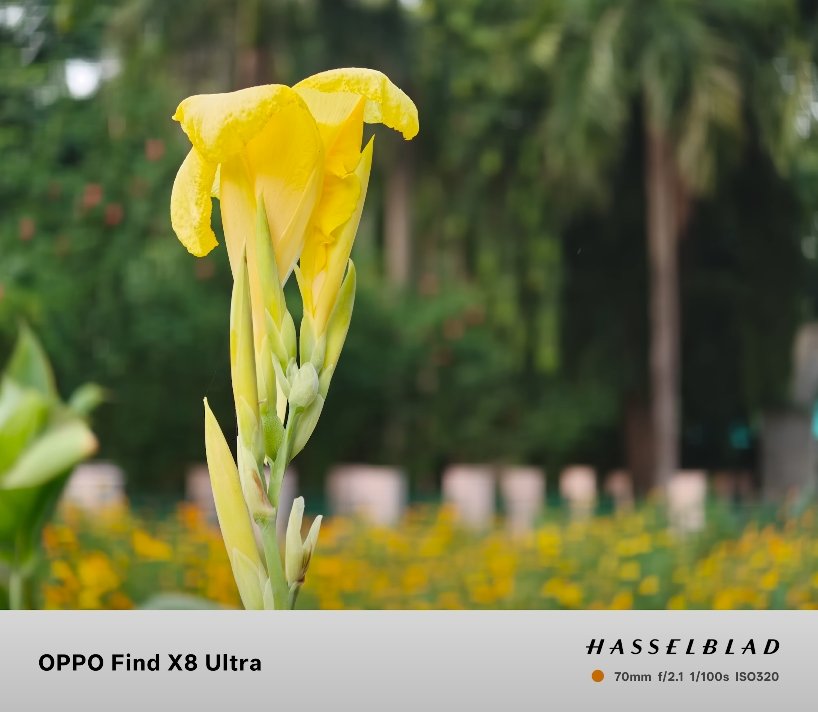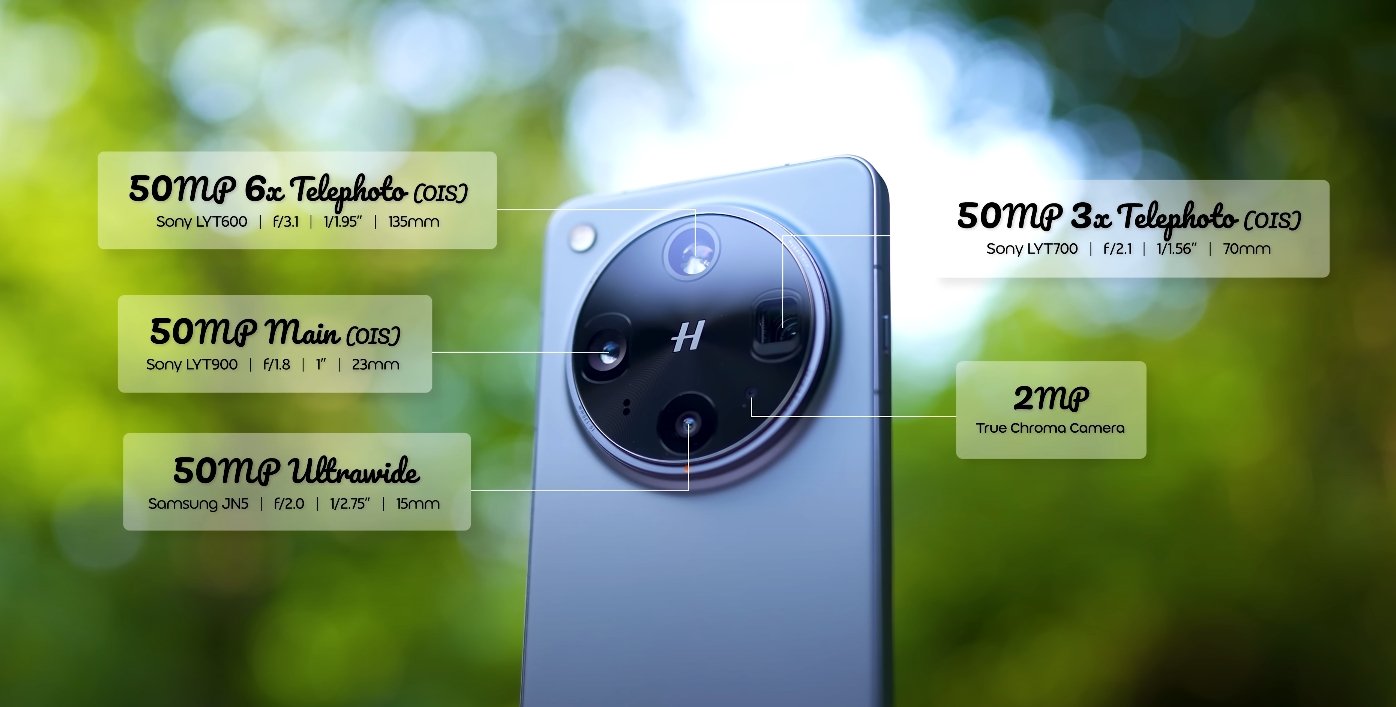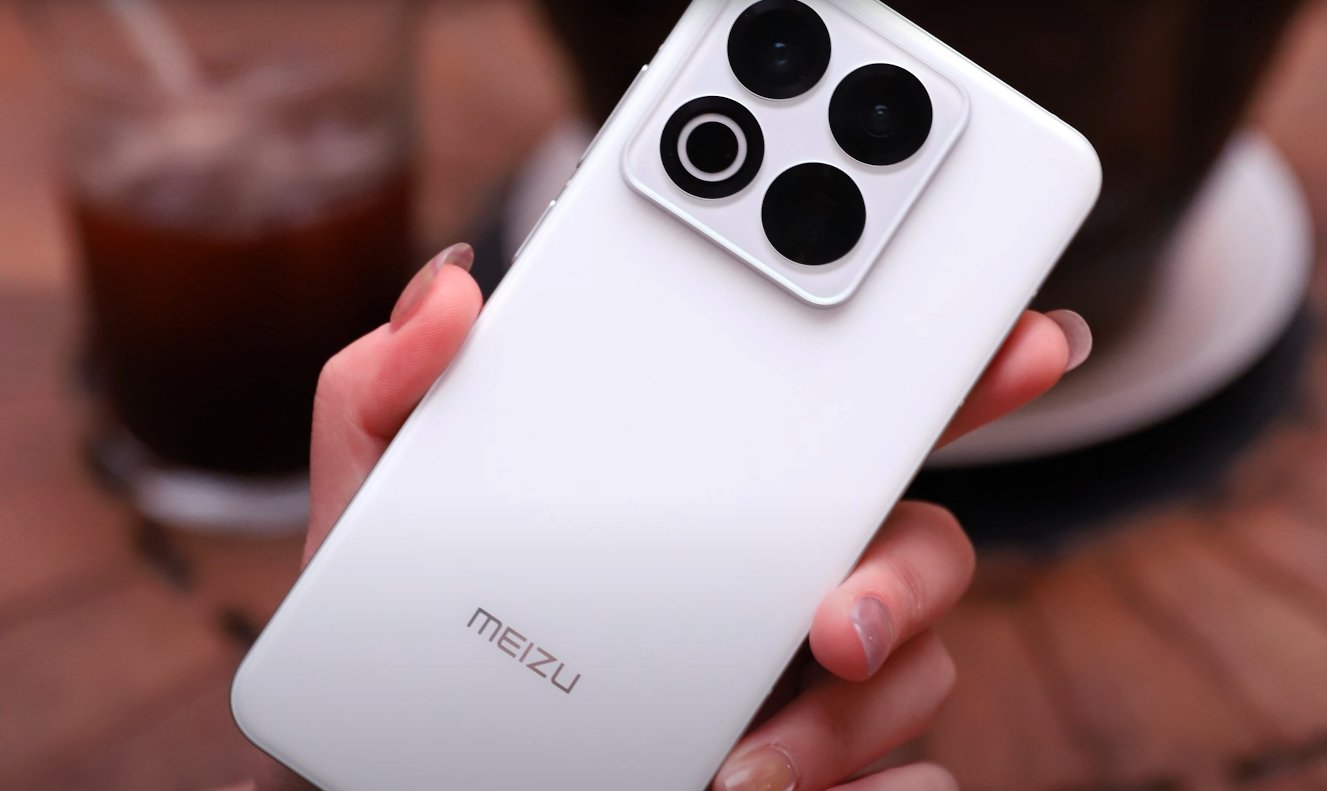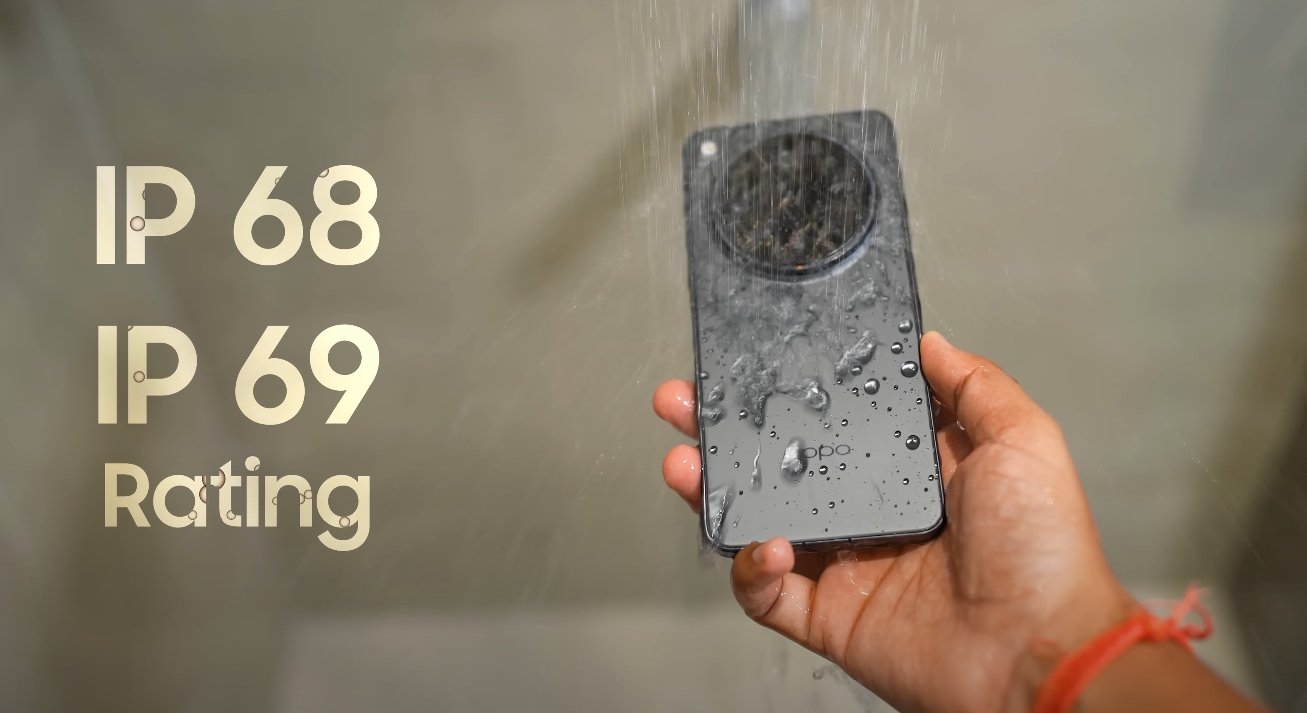Oppo Find X8 Ultra vs Vivo X300 Ultra: Ultimate Camera Comparison
The Oppo Find X8 Ultra and Vivo X300 Ultra stand at the forefront of smartphone photography in 2025, representing the best of what modern mobile imaging technology can achieve. Both devices push the boundaries of camera hardware and computational photography, each designed to deliver professional-grade results across all lighting conditions. While both Oppo and Vivo have previously proven their dominance in mobile photography, the Find X8 Ultra and X300 Ultra bring a new level of innovation, making this comparison one of the most exciting in the flagship market.
The Oppo Find X8 Ultra is equipped with a quad 50MP camera setup featuring Sony’s latest large-format sensors. Its configuration includes a 1-inch main sensor, an ultrawide lens, and two telephoto cameras offering 3× and 6× optical zoom. This combination gives it impressive flexibility for capturing everything from expansive landscapes to detailed distant subjects. Oppo’s image processing, powered by its custom MariSilicon X imaging NPU, enhances clarity, contrast, and low-light performance. Photos appear natural, with accurate tones and refined color grading. In daylight, images from the Find X8 Ultra show balanced dynamic range, maintaining detail in both shadows and highlights.
On the other side, the Vivo X300 Ultra is designed to challenge every premium camera phone on the market. The device features a triple-camera system headlined by a massive 200MP primary sensor, paired with a high-resolution ultrawide and a periscope telephoto lens. Vivo’s collaboration with Zeiss continues in this model, bringing professional-grade optical coatings and color science. One of the most anticipated features of the X300 Ultra is its rumored continuous optical zoom system, allowing users to smoothly transition between focal lengths without losing detail or introducing digital noise. This gives Vivo an edge in versatility, especially for users who rely heavily on zoom photography.

In real-world scenarios, the Oppo Find X8 Ultra delivers exceptional low-light performance. Its 1-inch sensor captures more light per pixel, reducing noise and preserving detail even in dim environments. Night shots appear clean and natural, with realistic contrast rather than exaggerated brightness. Oppo’s AI-assisted Night Mode also minimizes motion blur, making handheld night photography much easier. The Vivo X300 Ultra, with its larger megapixel count, compensates for smaller individual pixel size using advanced pixel binning technology. This merges multiple pixels into one to capture more light, resulting in detailed and sharp low-light images. However, Oppo’s larger sensor still tends to deliver better tonal balance and depth in challenging lighting conditions.
When it comes to zoom capability, both phones demonstrate remarkable advancements. The Oppo Find X8 Ultra’s dual periscope system ensures clear results up to 10× hybrid zoom and even acceptable clarity at 30×. The images retain fine details and accurate color temperature, a testament to Oppo’s refined computational photography algorithms. Meanwhile, the Vivo X300 Ultra’s continuous optical zoom mechanism sets a new standard in smartphone zoom performance. Instead of switching between fixed lenses, the camera adjusts optically across a range, offering seamless transitions and consistent image quality. This gives Vivo a significant advantage for travel, portrait, and wildlife photography.
In terms of color science, both manufacturers take distinct approaches. Oppo’s photos tend to reflect natural tones, closely resembling what the eye sees, making them ideal for documentary-style photography. Vivo, with Zeiss optimization, leans towards more vibrant and artistic renditions. Its color output often appears richer, with deeper blues and enhanced saturation, appealing to users who prefer visually striking results straight out of the camera. The difference comes down to preference—Oppo aims for authenticity, while Vivo focuses on expressive imagery.
Video performance is another area where both devices excel. The Oppo Find X8 Ultra supports 8K recording and advanced stabilization through its proprietary algorithm, delivering smooth footage even during motion. Its HDR video mode maintains detail in both bright and dark areas, producing cinematic-quality results. The Vivo X300 Ultra also supports 8K recording with Zeiss Cinematic Mode, adding lens flares and depth effects for a professional feel. Vivo’s stabilization system, powered by a micro-gimbal mechanism, provides excellent steadiness, making handheld shots appear polished and steady even in fast-moving conditions.
For portrait photography, both smartphones deliver outstanding results. The Oppo Find X8 Ultra uses its telephoto sensors to produce natural-looking bokeh with realistic depth transitions. Skin tones appear accurate, and edge detection around hair and facial features is precise. Vivo’s Zeiss Portrait mode, however, provides a unique look, simulating different Zeiss lens styles such as Biotar and Planar. These modes add artistic character to portraits, making the X300 Ultra a favorite among users who enjoy stylistic flexibility.
In conclusion, the Oppo Find X8 Ultra and Vivo X300 Ultra represent two different philosophies in smartphone photography excellence. The Oppo Find X8 Ultra emphasizes precision, realism, and consistency, offering balanced results across all scenarios. Its strong low-light capability and natural color reproduction make it ideal for users seeking professional, lifelike photography. The Vivo X300 Ultra, on the other hand, focuses on innovation and versatility, introducing groundbreaking features like continuous optical zoom and cinematic color profiles. It’s perfect for creators who value artistic expression and advanced zoom flexibility.
Ultimately, both smartphones push mobile photography into a new era. The Oppo Find X8 Ultra delivers refined perfection, while the Vivo X300 Ultra redefines creative potential. Choosing between them depends on whether you value accuracy or artistry—but either way, both devices secure their place among the most powerful camera phones of 2025.
Also Read: Vivo X300 FE connectivity checked on USA 5G networks






